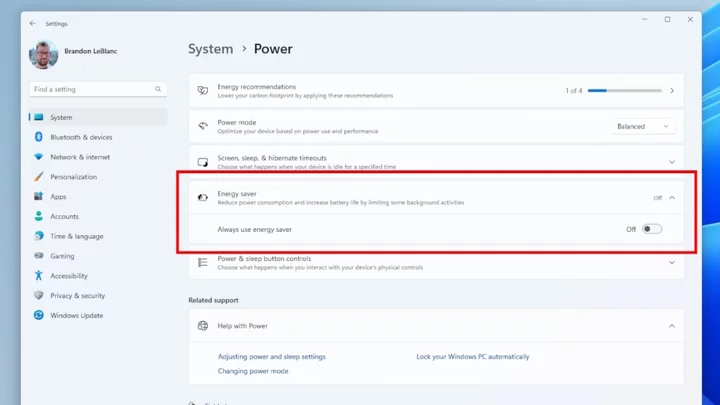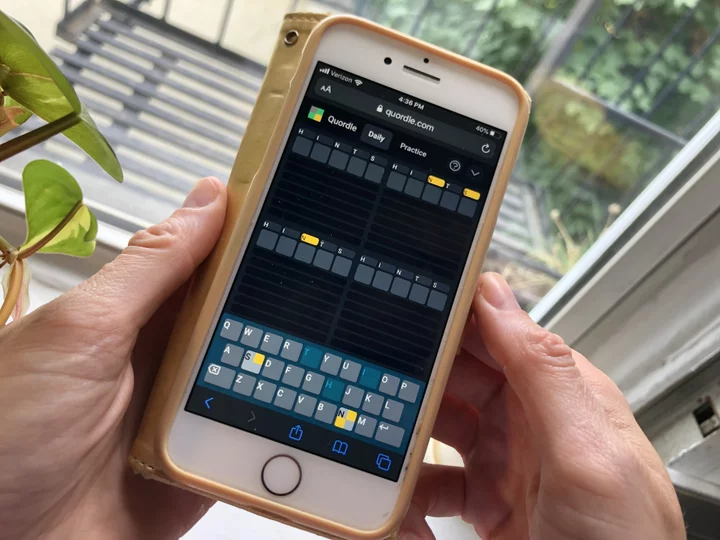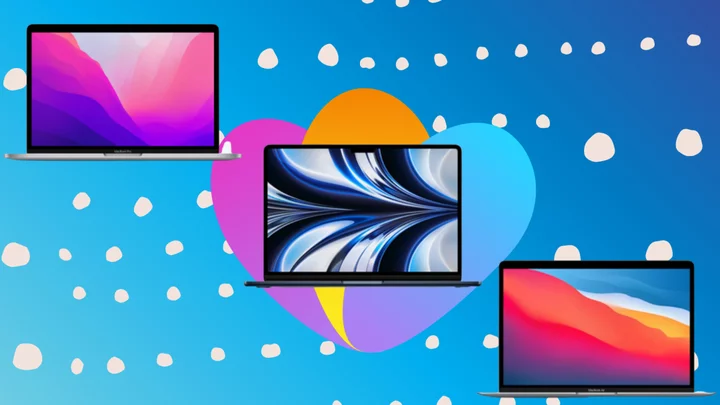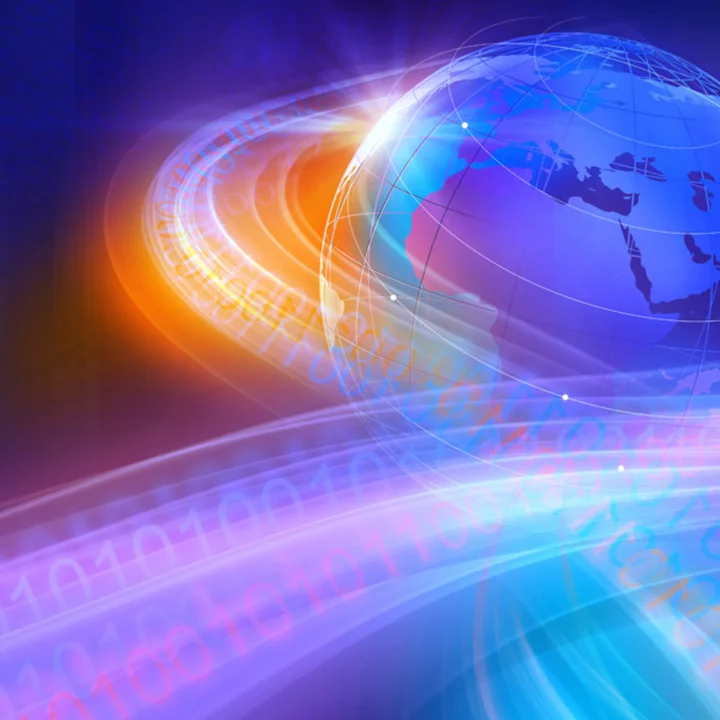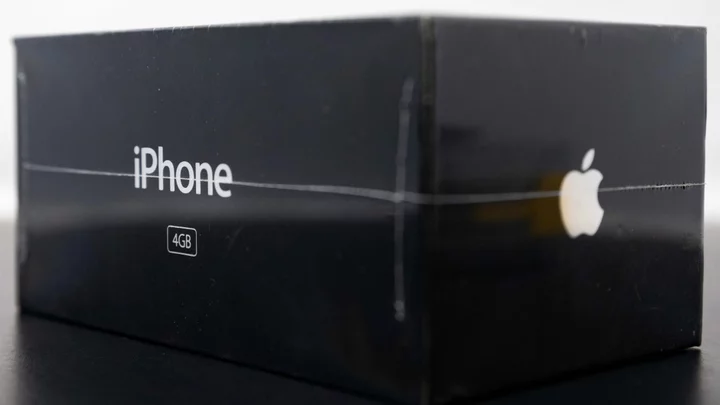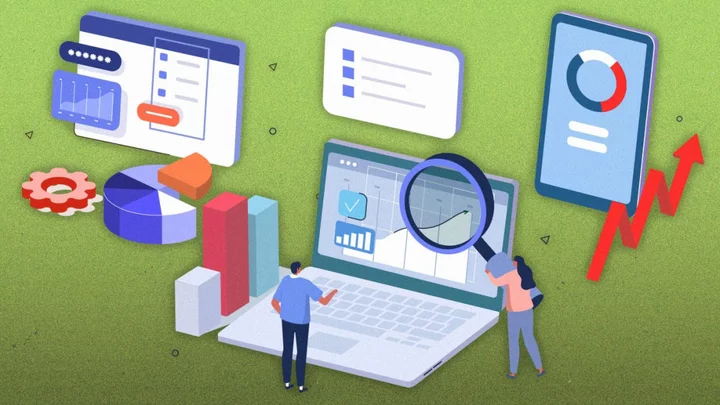Microsoft is introducing a new energy saver mode for Windows 11 desktop PCs and laptops.
You may be wondering why Windows 11 needs another energy saving mode when it already has a battery saver option. However, battery saver only temporarily turns off functionality that consumes a lot of power, for example, automatic email and calendar syncing, live tile updates, and apps that aren't being used.
The new energy saver mode "extends and enhances" beyond what battery saver can achieve alone in system energy reduction, according to Microsoft. In other words, it's going to help you get more screen time before you battery is depleted, but that comes at the cost of system performance. Microsoft hasn't gone into specifics as to what using energy saver means for performance, though.
Energy saver is being tested as part of Windows 11 Insider Preview Build 26002. It can be toggled on or off from Quick Settings or from Settings by navigating to System > Power. There's also the option to have it turn on automatically when your laptop reaches a specified battery percentage. If you have a desktop PC that doesn't rely on a battery, Microsoft is still enabling the feature "for those aiming to conserve energy all the time."
Extending your battery life at the click of a button is very convenient, but reducing the amount of energy your desktop PC consumes can lower your electric bill. Discovering how much electricity your computer consumes can be eye-opening, and there are a number of other things you can do to take control of your electric bill each month. Reducing the performance of your computer may end up only making a tiny difference compared to other vampire energy leaks in your home.
Windows 11: The Review
